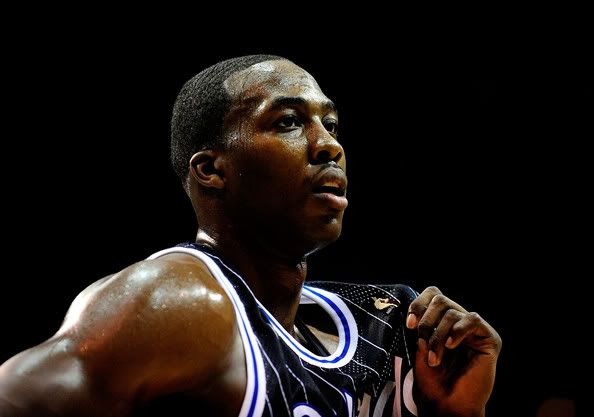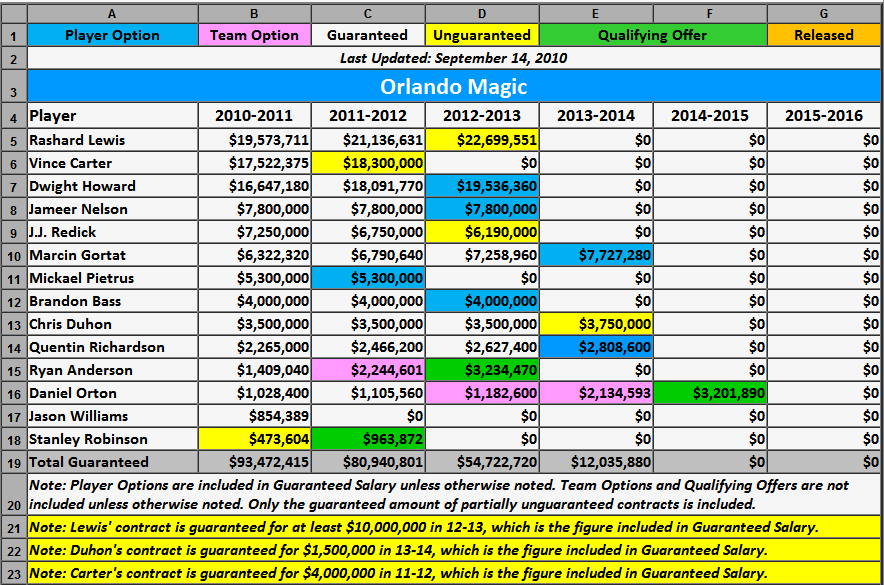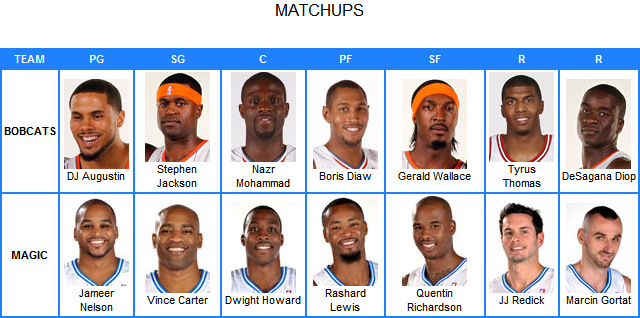
The 4-out/1-in offensive scheme.
For three years and counting, head coach Stan Van Gundy has used an alignment (which features Dwight Howard in the post surrounded by four shooters on the perimeter) on offense that has vaulted the Orlando Magic to the elite in the NBA.
The system works, as best exemplified by a regular season winning percentage of .691 (170-76), a trip to the NBA Finals in 2009, three consecutive Southeast Division championships, back-to-back Eastern Conference Finals appearances (one conference title), and more.
Yes, the Magic are still in pursuit of the Larry O’Brien Trophy and the 4-out/1-in schemes have come under fire after the Boston Celtics shut them down in the 2010 NBA Eastern Conference Finals but it is what it is. The playoffs are about matchups and things can go either way. For example, even though the Miami Heat have the potential to be a very good team this season, their personnel might be vulnerable to Orlando’s philosophy on offense. It happens.
Some people may be asking, what does the 4-out/1-in scheme look like?
There’s an answer to that question.
When the Magic run 4-out/1-in offensive sets, there’s not a lot of rocket science involved. An entry pass is made to Howard in the post, then he goes to work and either puts up a shot or kicks the basketball out to the perimeter. Depending on how the defense reacts, Howard can get the ball back or it could be swung around the horn to an open shooter (if he’s double-teamed). It’s that simple. One of the key things to note is that Orlando’s spacing on offense is always excellent.
There’s many variations of the play, but let’s take a look at a few examples.

Example 1:
Vince Carter makes an entry pass to Howard on the low block, while Josh Smith and Al Horford decide to double-team him. Defensively, the Atlanta Hawks are doomed at this point. Matt Barnes cuts to the basket and even though he doesn’t receive the basketball, there are many instances when he does get it for either a layup or a kick out to the perimeter. Because the Hawks make the decision to send an extra defender on Howard, the Magic have many ways to score.
Another thing to notice is that Jameer Nelson and Rashard Lewis are wide open.

Example 2:
Sometimes when the pass is made to Howard in the post, the player that initiates the play makes a diagonal cut into the lane and goes to the opposite side of the floor as the other players for Orlando shift their spots along the perimeter to maintain spacing and force the defense to react accordingly.
Once in a while, the defender that trails Nelson on this play ends up cheating on the play and tries doubling the big fella. When that happens, some quick passes can net an open shot for Nelson or whoever else it might be. More often than not, at least.

Example 3:
Same as Example 1, but notice the interchangeability of the personnel.

Example 4:
As has been stated before, the Magic value their spacing and this play is just another example of that. The beauty of the possession is the movement off the ball by Barnes and Lewis. Barnes cuts to the basket and spots up in the corner, as Lewis shifts to the spot that’s vacated. Then Lewis cuts to the basket, too. While all that’s happening, Howard kicks the basketball out to the perimeter and things get chaotic for the Hawks on defense as they try to make sense of the situation.
That sequence shows when Orlando is at their best — quick passes, off-ball movement, etc.

Example 5:
Same as Examples 1 and 3, however Mickael Pietrus stays on the perimeter.





